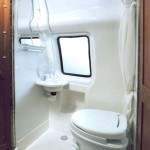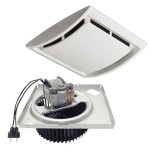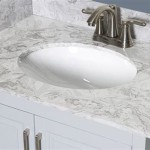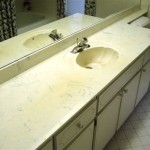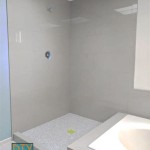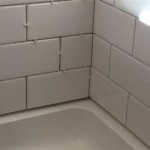Essential Aspects of Bathroom Sink Drain Piping
Bathroom sink drain piping is a crucial component of any bathroom, ensuring proper drainage and preventing water damage. Understanding the essential aspects of drain piping is vital for homeowners and plumbers alike, as it enables efficient maintenance, repairs, and installations.
The following article explores the significant elements of bathroom sink drain piping, highlighting their importance and providing detailed explanations. By understanding these aspects, individuals can make informed decisions regarding their drainage systems and ensure optimal functionality.
Material Selection
The material of the drain piping plays a substantial role in its durability, corrosion resistance, and overall performance. Common materials include:
- Copper: Durable, corrosion-resistant, and commonly used in older homes.
- PVC: Lightweight, inexpensive, and resistant to corrosion, making it a popular choice for modern installations.
- PEX: Flexible, corrosion-resistant, and suitable for tight spaces.
Pipe Diameter
The diameter of the drain pipe determines its flow capacity and ability to handle wastewater effectively. Standard sink drain pipes range from 1-1/2 to 2 inches in diameter, with larger diameters accommodating higher water flow rates.
Selecting the appropriate pipe diameter is crucial to prevent clogs, slow drainage, and potential overflows.
Trap Design
The drain trap is an essential element that prevents sewer gases from entering the bathroom. P-traps and S-traps are commonly used, with P-traps being more effective in maintaining a water seal.
Proper trap design ensures that wastewater flows smoothly while effectively blocking unwanted odors.
Vent Installation
Venting the drain system is critical for proper air circulation and preventing siphoning from the trap. Bathroom sinks typically require a vent pipe connected to the drain line.
Adequate ventilation ensures efficient drainage and prevents potential sewer gas buildup.
Slope and Grade
The slope or grade of the drain pipe is crucial for ensuring proper drainage. A downward slope of 1/4 inch per foot is generally recommended, allowing gravity to assist in water flow.
Proper slope prevents water from pooling or standing in the drain, reducing the risk of clogs and odors.
Conclusion
Understanding the essential aspects of bathroom sink drain piping is vital for maintaining a functional and sanitary drainage system. Material selection, pipe diameter, trap design, vent installation, and proper slope are the key elements that contribute to effective water drainage and odor prevention.

How To Plumb A Bathroom With Multiple Plumbing Diagrams Hammerpedia

This Image To Show The Full Size Version Sink Plumbing Kitchen Diy

How To Unclog A Bathroom Sink Hana S Happy Home

Bathroom Sink Drains Plumbing Replace

Anti Odor Insects With Flexible P Trap Bathroom Sink Drain Pipe Mutoosanitary

Simple Drain 1 25 In Rubber Threaded P Trap Bathroom Single Sink Kit 3ea 1v2 Tc0 The Home Depot

How To Connect A Bathroom Sink Drain

How To Install A Pipe From Sink Drain Wall Ehow

Bathroom Sink Plumbing

Bathroom Sink Plumbing Diagram Diy Sinks Drain Kitchen Remodel
Related Posts
